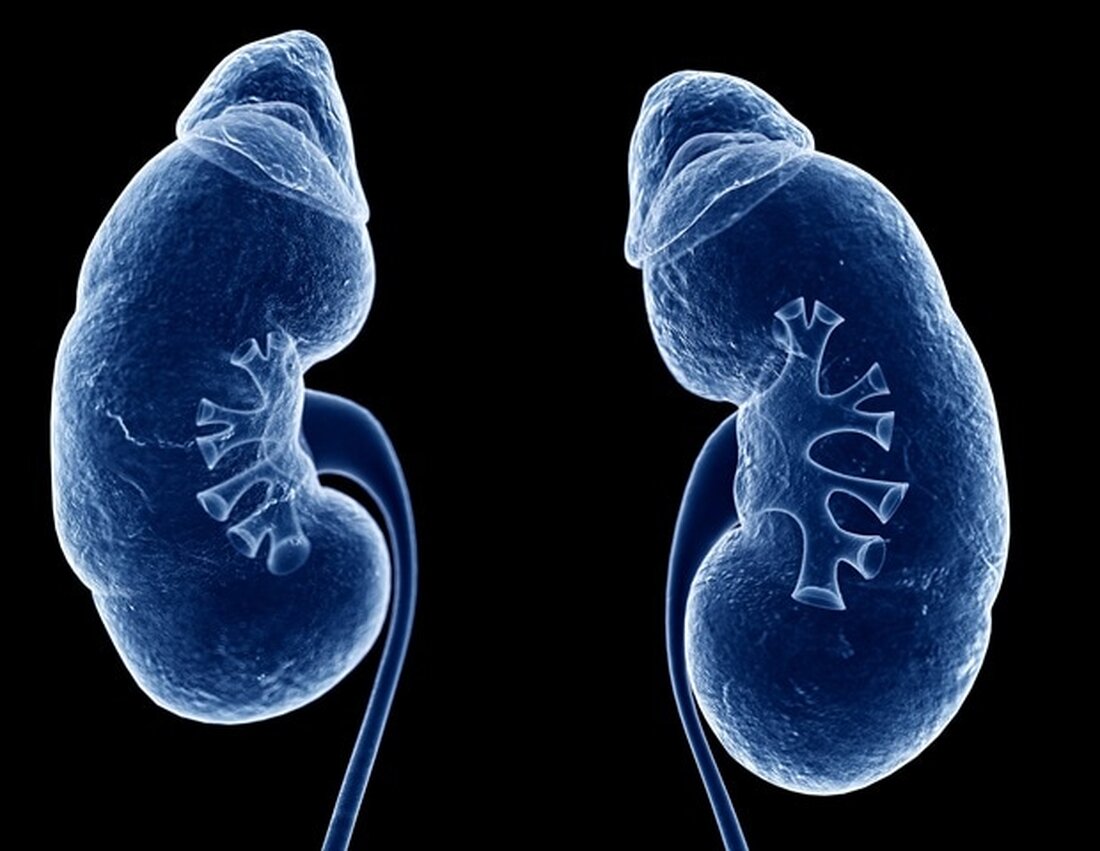The combination of surrogate markers of kidney disease progression improves predictions of treatment effects on clinical endpoints
Change in urinary albumin:creatinine ratio (UACR) and glomerular filtration rate (GFR) slope are markers used individually as surrogates for chronic kidney disease progression in clinical trials. Researchers have recently developed a strategy that combines information from treatment effects on the two to improve prediction of treatment effects on patient outcomes. Their research will be presented at ASN Kidney Week 2022, November 3-6. Drug Discovery E-Book Compilation of the last year's top interviews, articles and news stories. Download a free copy The scientists used data from 41 randomized controlled trials on progression...

The combination of surrogate markers of kidney disease progression improves predictions of treatment effects on clinical endpoints
Change in urinary albumin:creatinine ratio (UACR) and glomerular filtration rate (GFR) slope are markers used individually as surrogates for chronic kidney disease progression in clinical trials. Researchers have recently developed a strategy that combines information from treatment effects on the two to improve prediction of treatment effects on patient outcomes. Their research will be presented at ASN Kidney Week 2022, November 3-6.
Drug Discovery E-Book
Compilation of the top interviews, articles and news from the last year. Download a free copy
The scientists used data from 41 randomized controlled trials of chronic kidney disease progression to develop their strategy and then applied the results to the design of a phase 2 trial to assess design implications (such as sample size and follow-up time) for using UACR changes and GFR slope alone or in combination.
The analysis found that in Phase 2 clinical trials with sample sizes of 100-200 patients per arm or follow-up times between 1 and 2 years, the combination of UACR change and GFR slope improves predictions of the effects of treatments on clinical endpoints.
Currently, UACR change and GFR slope are often evaluated as separate endpoints in phase 2 trials; However, it is not clear how to integrate the information provided by these two endpoints. This work presents a two-stage methodology to address this problem. In the first step, a Bayesian model is used to characterize the relationships between treatment effects on UACR, GFR slope and clinical endpoint in previous randomized trials. In the second step, this model will be used to provide a consistent estimate of the probability of clinical benefit based on the estimated effects of treatment on UACR change and GFR slope in a new Phase 2 study.”
Tom Greene, PhD, corresponding author, University of Utah
Source:
American Society of Nephrology
.

 Suche
Suche
 Mein Konto
Mein Konto
